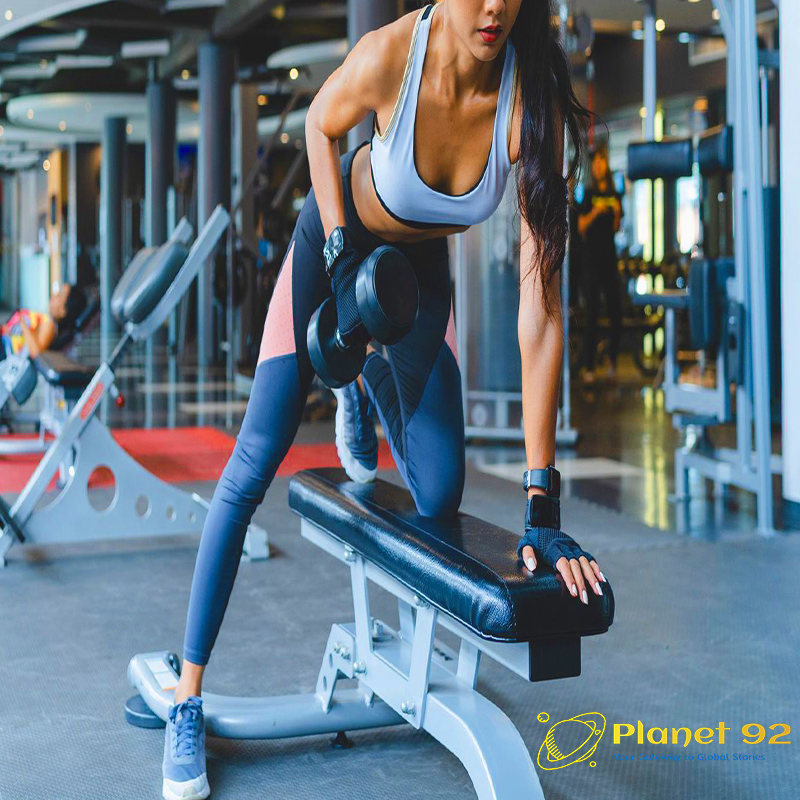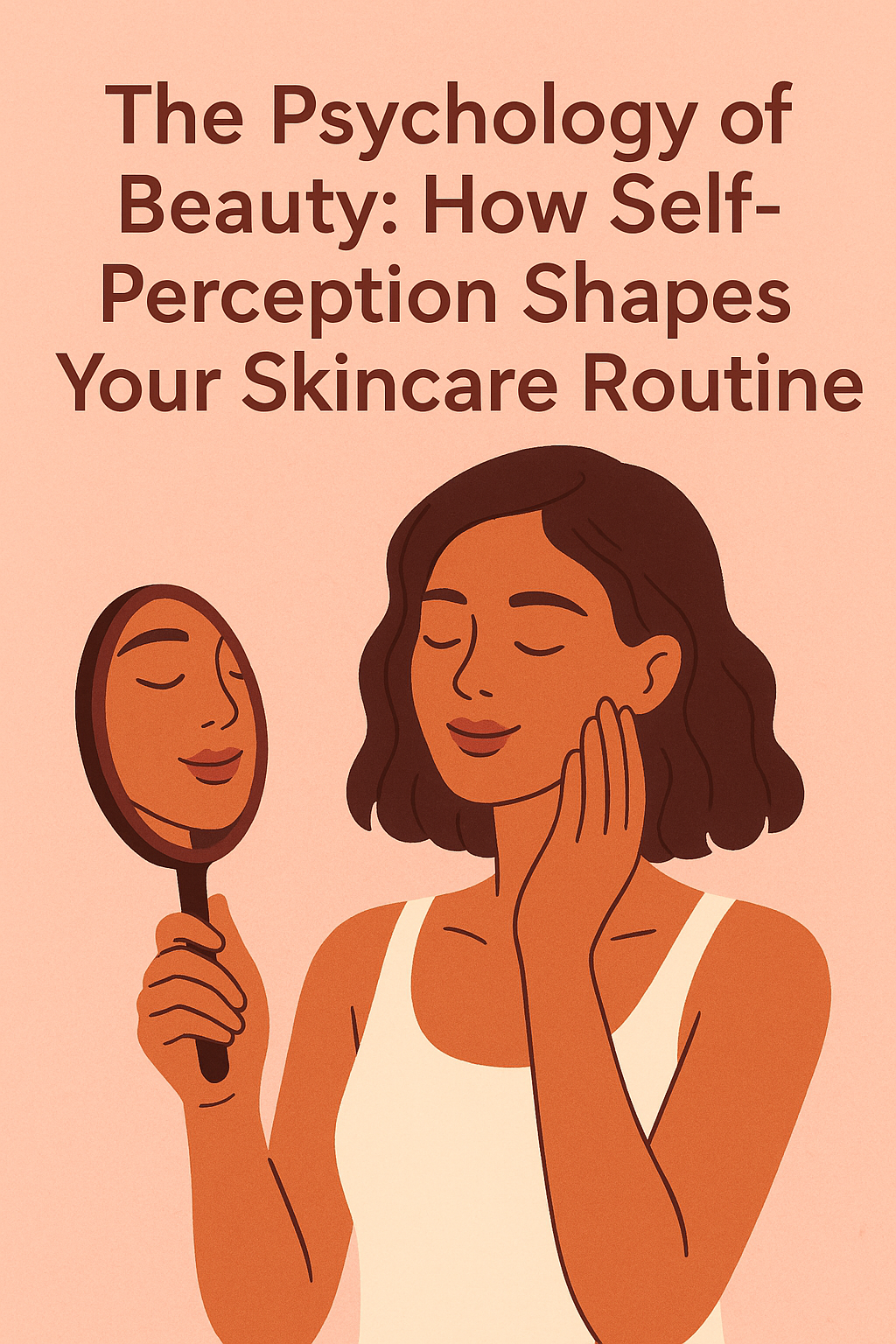Introduction
Fitness is an essential component of a healthy lifestyle, encompassing physical activity, proper nutrition, mental well-being, and adequate rest. Achieving and maintaining fitness requires a holistic approach that balances these elements to promote overall health and vitality. This guide explores the various aspects of fitness, offering insights into how to create a sustainable and effective fitness routine.
The Pillars of Fitness
1. Physical Activity
Types of Exercise:
- Aerobic Exercise: Also known as cardio, this type of exercise includes activities like running, swimming, cycling, and dancing. It improves cardiovascular health, increases stamina, and aids in weight management.
- Strength Training: Involves resistance exercises such as weight lifting, bodyweight exercises, and resistance band workouts. It helps build muscle mass, improve bone density, and boost metabolism.
- Flexibility and Balance: Activities like yoga, Pilates, and stretching exercises enhance flexibility, improve balance, and reduce the risk of injuries.
Creating a Routine:
- Consistency: Aim for at least 150 minutes of moderate aerobic activity or 75 minutes of vigorous activity per week, combined with muscle-strengthening activities on two or more days.
- Variety: Incorporate different types of exercises to work various muscle groups and prevent boredom.
- Progression: Gradually increase the intensity, duration, and frequency of workouts to continue making progress and avoid plateaus.
2. Nutrition
Balanced Diet:
- Macronutrients: Ensure an adequate intake of carbohydrates, proteins, and fats to fuel the body and support muscle recovery.
- Carbohydrates: Provide energy for workouts. Opt for whole grains, fruits, and vegetables.
- Proteins: Essential for muscle repair and growth. Include lean meats, dairy, beans, and nuts.
- Fats: Necessary for hormone production and energy. Choose healthy fats like avocados, nuts, and olive oil.
Micronutrients:
- Vitamins and Minerals: Vital for overall health. Consume a variety of fruits, vegetables, and whole foods to meet daily requirements.
- Calcium: Important for bone health. Found in dairy products, leafy greens, and fortified foods.
- Iron: Essential for oxygen transport in the blood. Found in red meat, beans, and spinach.
- Vitamin D: Supports bone health and immune function. Obtain from sunlight and foods like fatty fish and fortified dairy products.
Hydration:
- Drink plenty of water throughout the day to stay hydrated, especially before, during, and after workouts. Hydration is crucial for maintaining energy levels and preventing muscle cramps.
3. Rest and Recovery
Importance of Rest:
- Adequate rest is essential for muscle recovery and overall well-being. Overtraining can lead to injuries, fatigue, and burnout.
- Sleep: Aim for 7-9 hours of quality sleep per night. Sleep is crucial for muscle repair, hormone regulation, and mental health.
- Rest Days: Incorporate rest days into your fitness routine to allow muscles to recover and prevent overuse injuries.
Recovery Techniques:
- Stretching: Helps improve flexibility and reduce muscle stiffness.
- Massage: Promotes blood flow to muscles and aids in recovery.
- Hydrotherapy: Techniques like ice baths and contrast baths can reduce muscle soreness and inflammation.
4. Mental Well-being
Stress Management:
- Exercise is a powerful tool for managing stress. Physical activity releases endorphins, which can improve mood and reduce anxiety.
- Practices like yoga and mindfulness meditation can enhance mental clarity and emotional balance.
Goal Setting:
- Set realistic and achievable fitness goals to stay motivated. Track progress to celebrate milestones and adjust goals as needed.
Positive Mindset:
- Cultivate a positive attitude towards fitness. Focus on the benefits of exercise and enjoy the process rather than just the outcomes.
Tips for Sustaining Fitness
1. Find Activities You Enjoy:
- Choose exercises that you find enjoyable and fun. This increases the likelihood of sticking with your routine.
2. Mix Up Your Routine:
- Vary your workouts to keep them interesting and challenge different muscle groups.
3. Stay Accountable:
- Partner with a workout buddy, join a fitness class, or hire a personal trainer to stay motivated and accountable.
4. Listen to Your Body:
- Pay attention to your body’s signals. Rest if you feel pain or excessive fatigue, and modify exercises as needed.
5. Educate Yourself:
- Continuously learn about fitness, nutrition, and health to make informed decisions about your routine.
Common Myths and Misconceptions
1. No Pain, No Gain:
- While some discomfort is normal, especially when starting a new routine, pain is not necessary for progress and can indicate injury.
2. Spot Reduction:
- Targeting fat loss in specific areas through localized exercises is a myth. Fat loss occurs overall with a combination of cardio, strength training, and a healthy diet.
3. Quick Fixes:
- There are no shortcuts to fitness. Consistent effort and a balanced approach are key to achieving long-term results.
Conclusion
Fitness is a multifaceted journey that involves physical activity, proper nutrition, mental well-being, and adequate rest. By understanding and integrating these elements into your lifestyle, you can achieve and maintain optimal health. Remember, the goal of fitness is not just to look good but to feel good and live a vibrant, energetic life. Embrace the journey, stay consistent, and celebrate your progress along the way.
The Benefits of Working Out
Regular exercise offers a myriad of benefits that contribute to physical, mental, and emotional well-being. Whether you engage in cardio, strength training, flexibility exercises, or a combination of these, incorporating regular workouts into your routine can transform your life in many positive ways. Here are the key benefits of working out:
Physical Benefits
1. Weight Management:
- Exercise helps burn calories, which is essential for weight loss and maintaining a healthy weight. Combining exercise with a balanced diet is the most effective way to control weight.
2. Improved Cardiovascular Health:
- Regular aerobic exercise strengthens the heart and improves circulation, reducing the risk of cardiovascular diseases such as heart disease, hypertension, and stroke.
3. Enhanced Muscular Strength and Endurance:
- Strength training builds and maintains muscle mass, improves muscle tone, and increases strength. It also boosts endurance, making daily activities easier to perform.
4. Better Bone Health:
- Weight-bearing exercises, such as walking, running, and resistance training, increase bone density and reduce the risk of osteoporosis and fractures.
5. Increased Flexibility and Mobility:
- Stretching exercises and activities like yoga improve flexibility, enhance joint range of motion, and reduce the risk of injuries and muscle stiffness.
6. Improved Posture and Balance:
- Regular exercise strengthens the core muscles and improves balance, which helps maintain proper posture and prevents falls, especially in older adults.
7. Enhanced Metabolism:
- Exercise boosts metabolic rate, helping the body burn more calories even at rest. This is particularly beneficial for weight management.
8. Better Respiratory Health:
- Cardiovascular exercises improve lung capacity and efficiency, enhancing overall respiratory health and endurance.
Mental and Emotional Benefits
1. Stress Reduction:
- Physical activity triggers the release of endorphins, the body’s natural stress relievers, which help reduce stress and promote a sense of well-being.
2. Improved Mood:
- Exercise is effective in combating depression and anxiety. The release of neurotransmitters like serotonin and dopamine during exercise enhances mood and creates a feeling of happiness.
3. Enhanced Cognitive Function:
- Regular exercise improves brain function, memory, and cognitive abilities. It also reduces the risk of cognitive decline and neurodegenerative diseases like Alzheimer’s.
4. Better Sleep:
- Physical activity helps regulate sleep patterns and improve the quality of sleep. Regular exercise can help you fall asleep faster and enjoy deeper, more restorative sleep.
5. Increased Self-Esteem and Confidence:
- Achieving fitness goals and seeing improvements in physical health can boost self-esteem and confidence. The physical changes and sense of accomplishment contribute to a positive self-image.
Long-term Health Benefits
1. Reduced Risk of Chronic Diseases:
- Regular exercise lowers the risk of developing chronic conditions such as type 2 diabetes, certain cancers, and metabolic syndrome.
2. Improved Immune Function:
- Moderate exercise can boost the immune system, helping the body fight off infections and illnesses more effectively.
3. Increased Longevity:
- Engaging in regular physical activity is associated with a longer lifespan. Active individuals tend to live longer and have a lower risk of premature death.
Social Benefits
1. Social Interaction:
- Participating in group exercises, sports, or fitness classes provides opportunities for social interaction, building friendships, and creating a sense of community.
2. Motivation and Support:
- Exercising with others can provide motivation and support, making it easier to stick to a fitness routine and achieve goals.
Conclusion
The benefits of working out extend far beyond physical appearance. Regular exercise enhances overall health, improves quality of life, and contributes to mental and emotional well-being. By incorporating a variety of exercises into your routine and staying consistent, you can enjoy these profound benefits and lead a healthier, happier life. Remember, the key to reaping the full benefits of exercise is to make it a regular and enjoyable part of your lifestyle.
How Workouts Contribute to Beauty
Regular workouts do more than just improve physical fitness—they also play a significant role in enhancing beauty. This connection between fitness and beauty is rooted in the various physiological and psychological benefits that exercise provides. Here’s a detailed look at how working out can contribute to beauty:
Physical Benefits
1. Glowing Skin:
- Increased Blood Circulation: Exercise boosts blood flow, which helps deliver oxygen and nutrients to skin cells. This increased circulation also helps carry away waste products, including free radicals, from working cells. The result is a healthier, more radiant complexion.
- Detoxification: Sweating during workouts helps to flush out toxins from the skin, which can prevent acne and other skin issues.
2. Clearer Complexion:
- Reduced Acne: Exercise helps regulate hormonal balance, which can reduce acne breakouts. The increased blood flow also aids in flushing out impurities from the skin.
- Reduced Inflammation: Regular physical activity reduces inflammation in the body, which can lead to a clearer complexion and reduced redness and puffiness.
3. Toned Muscles:
- Enhanced Muscle Tone: Strength training and other forms of exercise help build and tone muscles, giving the body a more sculpted and defined appearance. Toned muscles contribute to a firmer, more youthful look.
- Improved Posture: Regular exercise, particularly activities that strengthen the core, improves posture. Good posture enhances appearance and exudes confidence.
4. Healthy Hair:
- Improved Scalp Circulation: Exercise increases blood flow to the scalp, which nourishes hair follicles and promotes healthy hair growth.
- Stress Reduction: Reducing stress through exercise can decrease hair loss and improve hair health, as chronic stress is a known factor in hair thinning and loss.
5. Weight Management:
- Healthy Weight: Maintaining a healthy weight through regular exercise contributes to overall physical attractiveness. It also helps in reducing the appearance of cellulite and improving body proportions.
Psychological Benefits
1. Reduced Stress and Improved Mood:
- Endorphin Release: Exercise triggers the release of endorphins, which are natural mood lifters. Reduced stress levels can prevent stress-related skin issues, such as acne and eczema.
- Improved Self-Confidence: Regular exercise improves body image and self-esteem. Feeling good about oneself is often reflected in how one carries oneself and interacts with others, enhancing overall attractiveness.
2. Better Sleep:
- Quality Sleep: Regular physical activity promotes better sleep, which is crucial for skin repair and overall health. Adequate sleep helps reduce dark circles, puffiness, and a dull complexion.
Long-term Health Benefits
1. Anti-Aging Effects:
- Delayed Aging: Exercise has been shown to delay the signs of aging, such as wrinkles and sagging skin. Physical activity helps maintain the skin’s elasticity and firmness.
- Improved Cellular Health: Regular exercise promotes healthier cell function and regeneration, contributing to a more youthful appearance.
2. Disease Prevention:
- Reduced Risk of Skin Conditions: Regular workouts can reduce the risk of developing various skin conditions, such as psoriasis and dermatitis, by boosting the immune system and reducing inflammation.
Social Benefits
1. Social Interaction and Confidence:
- Increased Social Engagement: Participating in group workouts or sports can enhance social interaction, which boosts mental well-being and confidence. Socially active people often have a more positive self-image.
- Networking Opportunities: Engaging in fitness activities provides opportunities to meet new people and build supportive relationships, contributing to a happier, more confident demeanor.
Tips for Maximizing Beauty Benefits from Workouts
1. Stay Hydrated:
- Drink plenty of water before, during, and after workouts to maintain skin hydration and flush out toxins.
2. Maintain a Balanced Diet:
- Support your exercise routine with a nutritious diet rich in antioxidants, vitamins, and minerals that promote skin and hair health.
3. Follow a Consistent Routine:
- Regular exercise is key to reaping the beauty benefits. Aim for a mix of cardio, strength training, and flexibility exercises.
4. Practice Good Hygiene:
- Shower and cleanse your face after workouts to remove sweat and prevent clogged pores.
5. Use Sun Protection:
- Protect your skin from UV damage by applying sunscreen before outdoor workouts.
Conclusion
Workouts significantly contribute to beauty by enhancing physical appearance, boosting mental well-being, and promoting long-term health. From glowing skin and healthy hair to improved posture and self-confidence, the benefits of regular exercise are vast and impactful. Incorporating regular physical activity into your lifestyle is a powerful way to achieve and maintain natural beauty, both inside and out.










